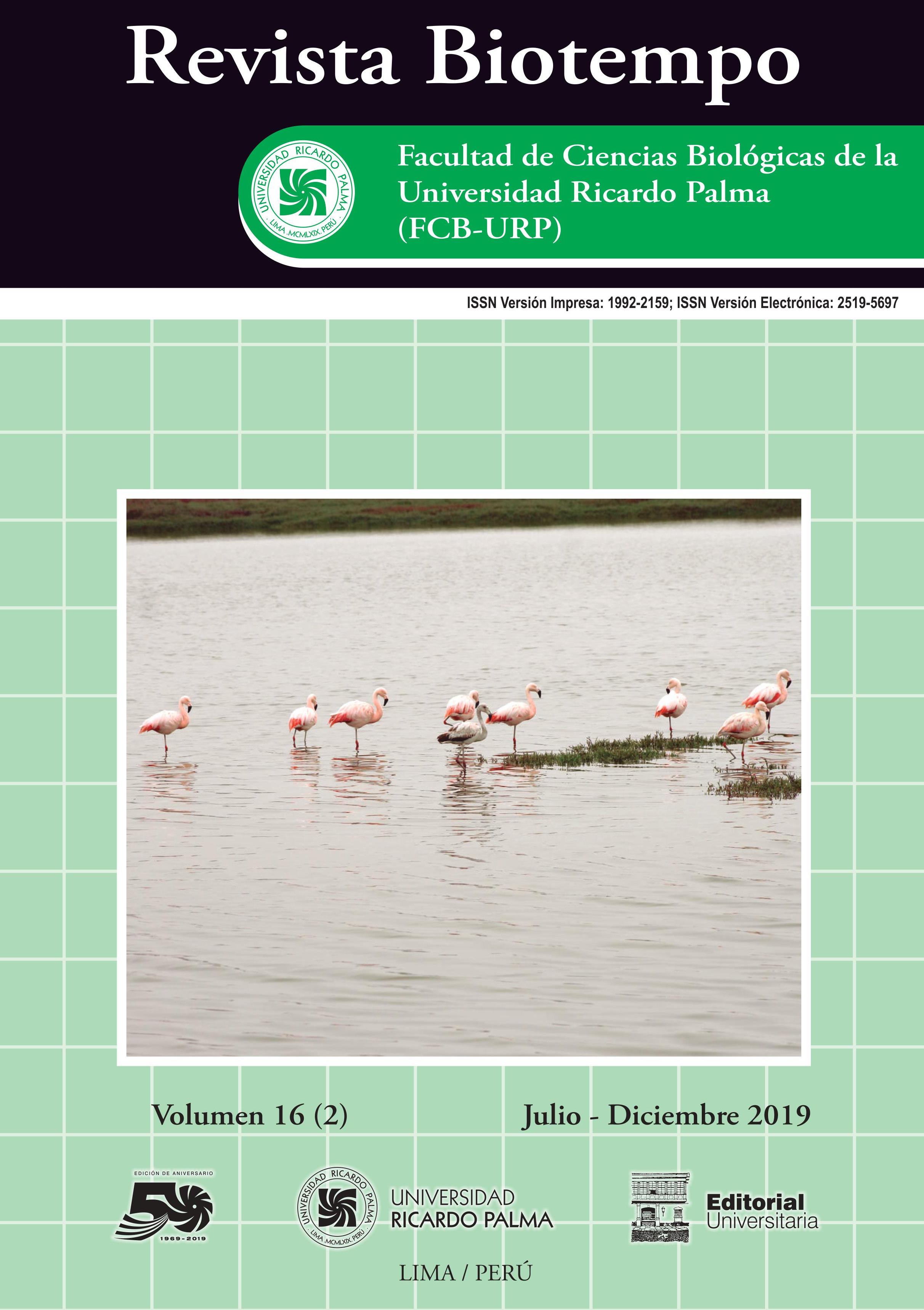DESCRIPTION OF THE INTRAOCULAR PRESSURE (IOP) IN RABBITS (ORYCTOLAGUS CUNICULUS (LINNAEUS, 1758)) SUBMITTED TO TWO ANESTHETIC PROTOCOLS
DOI:
https://doi.org/10.31381/biotempo.v16i2.2534Abstract
The main objective of this work was to describe intraocular pressure (IOP) in rabbits (Oryctolagus cuniculus (Linnaeus, 1758)) subjected to two anesthetic protocols. Anesthetic protocols 1 and 2 were Meloxicam-Xylazine-Ketamine and Meloxicam-Diazepam-Ketamine, respectively. It was a cross-sectional study of descriptive nature only, with a sample of twelve rabbits divided into two groups for the use of anesthetic protocols 1 and 2 independently. The IOP was measured with a Shiotz tonometer throughout the duration of the anesthetic protocols at minutes 5, 10 and 15. Subsequently, based on the measurements collected, the statistical frequencies were determined and the results obtained show the reduction of significant IOP during anesthesia in both anesthetic protocols, especially at minute 10 with measurements of 9.017 and 9.442 mmHg considering the baseline measurements of 19.917 and 20.408 mmHg and a normal IOP value in rabbits between 15 and 23 mmHg. Using anesthetic protocols composed of drugs that reduce or help keep IOP low, such as Xylazine and Diazepam, used in daily practice with ketamine as an inductor drug. It is important to consider the IOP when formulating anesthetic protocols in rabbits, since a considerable increase in IOP could mean the occurrence of ocular damage or the exacerbation of some ocular pathology prior to anesthesia. The results of this study provide a contribution to consider when establishing anesthetic protocols in rabbits and represent important data for the formulation of new research work in the same area of study.










